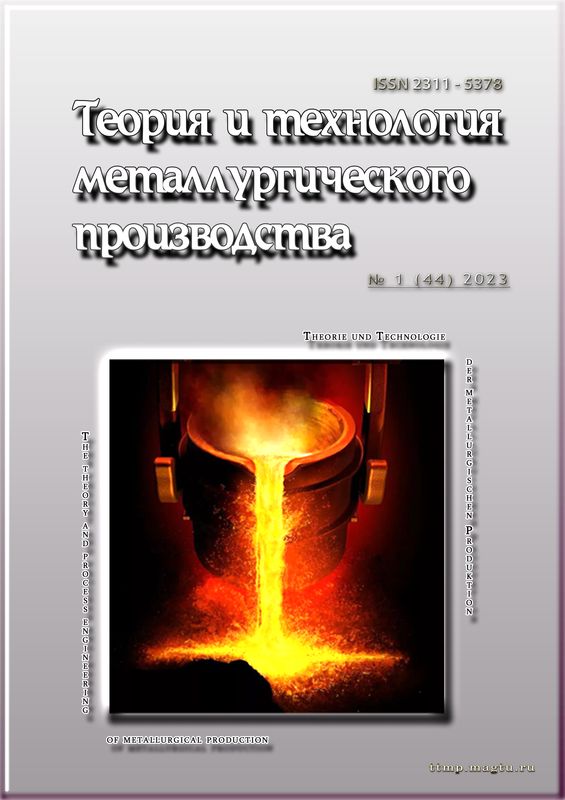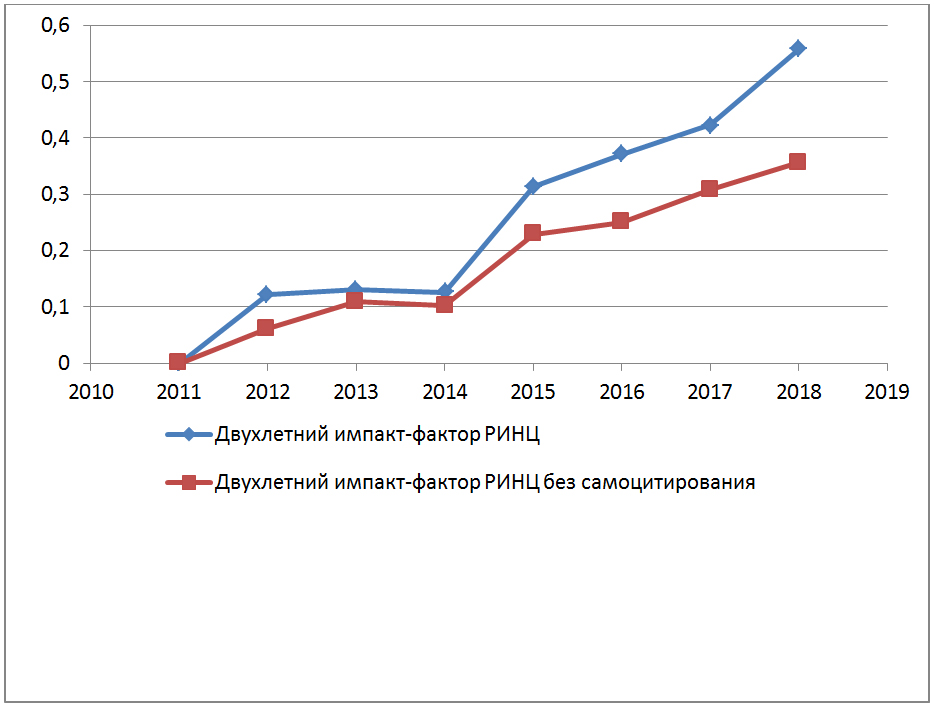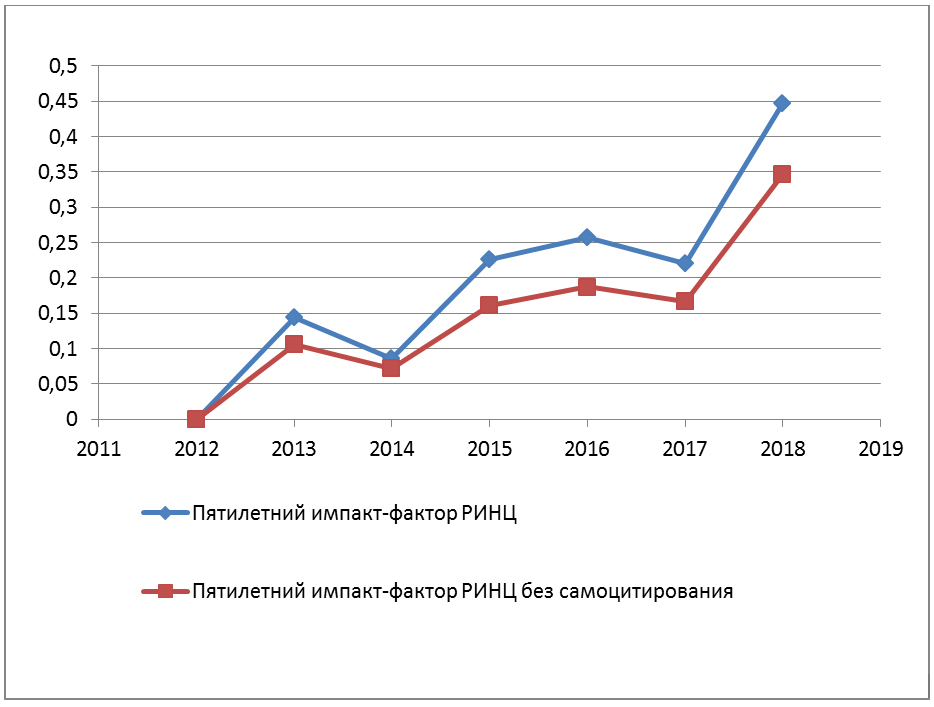Abstract
It is shown that undesirable and common surface defects that reduce the quality indicators of highcarbon riot rolled products and the operational characteristics of products made from it are surface decarburization and scale formation. Therefore, a high level of surface quality requirements are imposed on a high-carbon steel rod, includ- ing the depth of the visible decarbonized layer and the thickness of the surface scale, which are normalized by the relevant regulatory documentation. This paper presents the results of laboratory studies of high-temperature oxidation and decarburization of wire rod made of high-carbon steel grade 80 by synchronous thermal analysis methods. Temperature intervals of intensification of scale formation and decarburization in various media (weakly oxidizing and oxidizing) have been established. The phase transformations in high-carbon steel grade 80 were studied by differential scanning calorimetry (DSC) and the optimal temperatures for the formation of homogeneous austenite during heating were established. It is noted that in the range of heating temperatures of steel 720÷950 °C, along with phase transformations, the intensification of the processes of scale formation and the depletion of the surface layers with carbon begins. The features of the kinetics of steel oxidation under non-isothermal conditions under continuous heating to a given temperature are studied by the method of thermogravimetric analysis (TG). The temperatures of the maximum oxidation rate are determined. It is shown that the rate of oxidation with an increase in the temperature of the workpiece from 900 to 1000 °C increases by 3 times, and up to 1200 °C-by 8 times. The optimal heating temperature of the workpieces before roll- ing (1157 °C) and the critical temperature (929 °C) of oxidation are found. The obtained results can be used to select the main technological parameters of the heat treatment mode of wire rod made of grade 80 steel, which ensures the formation of a low amount of easily removed scale on the metal surface and a minimum depth of the decarbonized layer.
Keywords: high-carbon wire rod, grade 80 steel, thermal analysis, DSC curve, TG curve, oxidation, decarburization.





